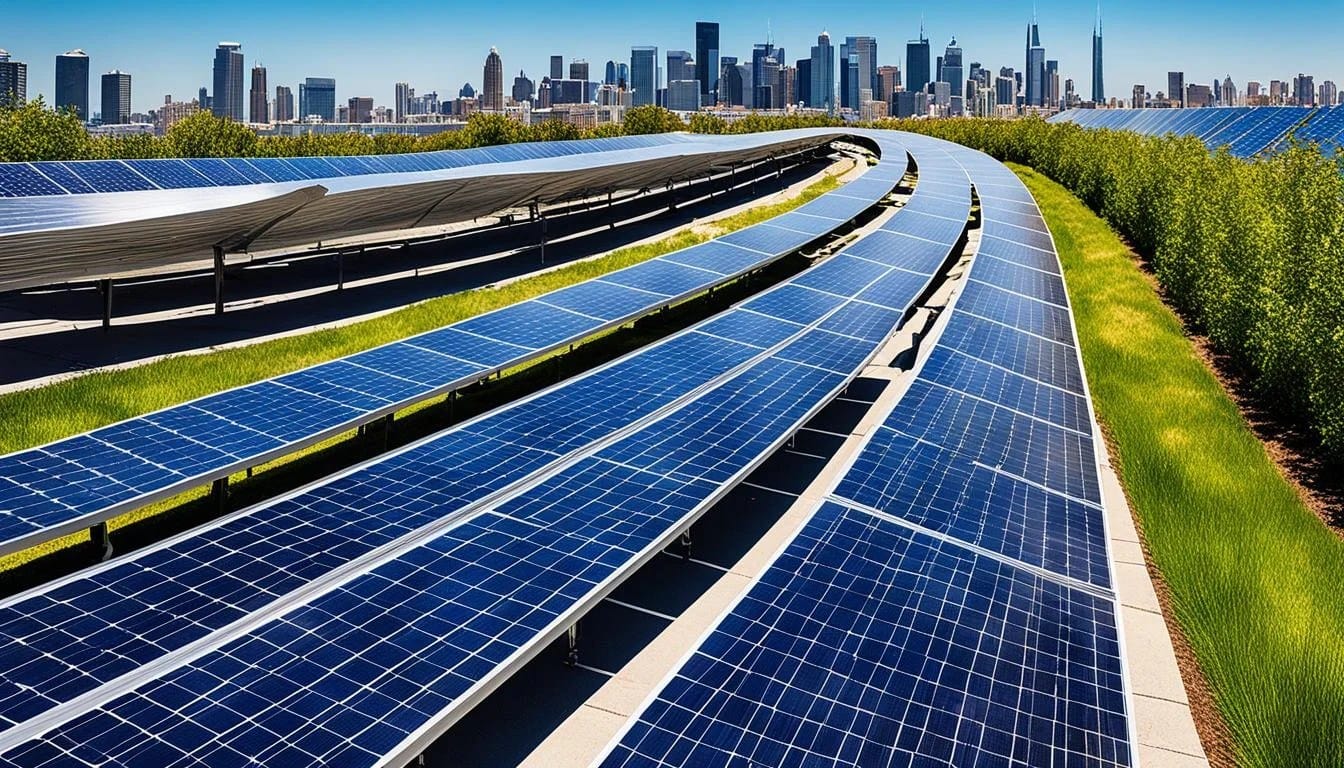Imagine lush tea plantations, not only benefiting from the sun’s nurturing rays for growth, but also harnessing its power to fuel their operations. This vision is becoming a reality thanks to the innovative integration of solar panels into tea farming, a concept often referred to as “solar panel teas passage.” This approach blends tradition with technology, promising a sustainable and economically viable future for the tea industry.
Brewing a Sustainable Future with Solar
The image of rolling hills covered with tea bushes, interspersed with gleaming solar panels, encapsulates the essence of modern, sustainable tea farming. This integration of solar energy into tea cultivation is transforming the industry, offering a potent solution for reducing environmental impact and boosting profitability. This approach, sometimes referred to as “solar panel teas passage” within the Test of Essential Academic Skills (TEAS) exam, highlights the growing importance of renewable energy in various sectors. Learn more about balancing chemical equations with our science balancing equations worksheet and explore the concept of titrant titrator for a deeper understanding of chemical reactions.
Powering Tea Production: The Solar Advantage
Solar energy offers a multitude of benefits for tea production, impacting every stage from leaf withering to packaging. Solar thermal systems utilize the sun’s heat to power withering troughs, significantly reducing the need for conventional energy sources and lowering operating costs. For broader energy needs, solar photovoltaic (PV) systems convert sunlight into electricity, powering factory operations and promoting energy independence, especially beneficial in remote areas. Furthermore, solar-powered water pumps provide efficient irrigation, potentially increasing tea yields and offering resilience against drought, particularly valuable for small tea growers.
The Environmental and Economic Impacts of Solar-Powered Tea
The integration of solar panels in tea plantations yields significant environmental and economic benefits. Environmentally, it reduces reliance on fossil fuels, lowering greenhouse gas emissions and preserving air quality. This sustainable approach minimizes ecosystem degradation, promoting biodiversity conservation and responsible land use, especially vital in biodiversity-rich tea-growing regions. Solar-powered irrigation also leads to more efficient water management, crucial in drought-prone areas. Economically, solar power lowers operating costs through reduced electricity bills, potentially increasing profitability. Excess solar power can even be sold back to the grid, generating additional revenue streams. This newfound energy independence enhances financial stability and buffers against energy price fluctuations. The installation and maintenance of solar systems also create local job opportunities, stimulating rural economies.
Environmental Impacts:
- Reduced Greenhouse Gas Emissions: Lowering the carbon footprint of tea production.
- Improved Air Quality: Minimizing air pollution from traditional energy sources.
- Ecosystem Preservation: Protecting biodiversity and reducing habitat degradation.
- Water Conservation: Promoting efficient irrigation and responsible water management.
Economic Impacts:
- Lower Operating Costs: Reduced reliance on fossil fuels translates to lower energy bills.
- Increased Revenue Streams: Potentially generating revenue by selling excess solar power.
- Enhanced Financial Stability: Less vulnerability to energy price fluctuations.
- Job Creation: Creating opportunities in solar installation and maintenance.
- Improved Yields: Efficient irrigation can lead to increased tea production.
The TEAS Exam, The White House, and the Future of Solar
The inclusion of the “Solar Panel TEAS Passage” in the TEAS exam reflects the growing significance of renewable energy in contemporary society. The passage often focuses on historical examples like the White House’s adoption of solar panels, showcasing the evolution of solar technology and its increasing acceptance. This historical context helps illustrate the shift towards sustainable energy solutions and their potential for widespread adoption. While the specific details of White House solar installations may vary throughout different presidential administrations, the underlying message remains consistent: renewable energy represents a crucial step towards a more sustainable future. This theme resonates across various applications, from powering iconic buildings to transforming agricultural practices like tea farming.
Ongoing Research and Future Prospects
While the benefits of solar-powered tea plantations are evident, ongoing research continues to refine these techniques. Scientists are exploring optimal panel placement to balance energy generation with shade management for optimal tea plant growth. Battery storage integration is being investigated to ensure consistent power regardless of weather conditions, although the long-term environmental impact of battery production and disposal remains a subject of ongoing study. Researchers are also examining the effects of shading from solar panels on specific tea varieties, recognizing that optimal implementation may vary based on local conditions and tea type.
Conclusion: A Sustainable Brew
Solar panel tea plantations represent a promising step towards a more sustainable and resilient tea industry. By harnessing the power of the sun, tea producers can reduce their environmental impact, improve their economic outlook, and contribute to a greener future. While challenges such as initial investment costs and land availability exist, the long-term benefits suggest that solar integration will likely become increasingly prevalent in tea farming. The future of tea, it seems, is brewing with the power of the sun.
- Unlocking 2-Letter Words with U: The Definitive Guide - April 4, 2025
- Unlock Words with the Letters THREE: Top Unscramble Tools 2025 - April 4, 2025
- Master Scrabble: X & Z Words for High Scores - April 4, 2025
















